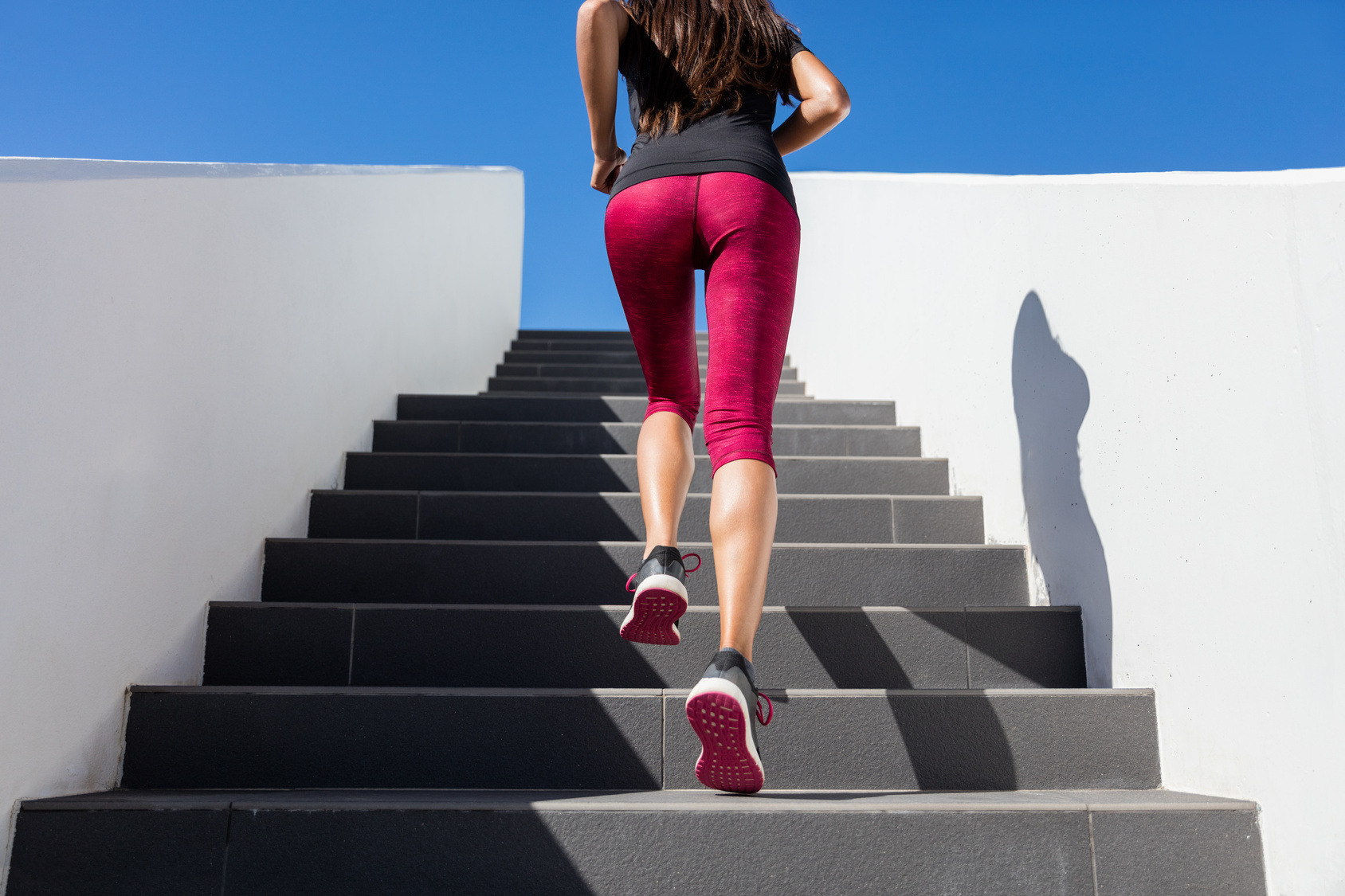There’s nothing quite like a hearty breakfast to kickstart your day, especially when you’re gearing up for a long run or recovering from an intense training session.
These recipes are not only delicious but also packed with the nutrients you need to fuel your runs and recharge afterward.
And guess what? Some of these recipes are keto-friendly, making them an excellent choice if you’re already on a low-carb diet.
So, let’s dive into these mouthwatering breakfast ideas that will level up your running game while tantalizing your taste buds. Get ready for a breakfast experience like no other!”
Breakfast Recipe # 1: Keto Coffee
Are you a coffee enthusiast like me, someone who simply can’t face the day without that steaming cup of liquid motivation? Well, my fellow coffee lover, I’ve got something special for you!
Introducing… Keto Coffee is also known as the legendary butter coffee. Not only is it a delicious way to kickstart your morning, but it’s also a healthier alternative to your typical breakfast fare. This magical elixir will fuel you with boundless energy and keep those hunger pangs at bay until lunchtime.
Feeling exceptionally hungry in the morning? Consider this pro tip: add a teaspoon of rich, full-fat coconut oil or velvety coconut milk to your brew. Not only will it make your coffee even more delectable, but it will also give your ketone levels a little nudge in the right direction.
Ingredients
- One cup of brewed coffee
- One tbsp. extra virgin coconut oil
- Two egg yolks
- Two tbsp. heavy whipping cream
- One tablespoon of unsalted grass-fed butter or ghee
- Pinch of cinnamon
- Pinch of vanilla or three drops of stevia.
Then follow through as shown in this YouTube tutorial
Breakfast Recipe # 2: Coffee Java Protein Shake
Picture this: a hectic morning, a packed to-do list, and no time for a leisurely breakfast. What’s your secret weapon? The Coffee Java Protein Shake!
This shake is like a double shot of energy, combining the power of caffeine and protein to kickstart your day like nothing else. It’s the go-to solution when you’re racing against the clock but still need to conquer your tasks.
But here’s the bonus: not only does it give you that coveted coffee fix, but it also serves up a hearty dose of protein that’ll keep those hunger pangs away until lunchtime. Talk about a win-win!
And the best part? It’s a breeze to make. Just throw all the ingredients into your trusty blender, let it work its magic until everything is gloriously smooth, and then, for that extra touch of indulgence, sprinkle some chocolate chips or cacao nibs on top.
Ingredients
- Protein powder
- Brewed coffee
- Plain yogurt
- Berries
- Cottage cheese
Breakfast Recipe # 3: Hard-boiled eggs, Avocado & Tomato
Avocado, the superstar of this combo, deserves the spotlight. It’s not just a delicious addition but also incredibly nutritious. Packed with healthy monounsaturated fats and loaded with fiber, it’s the perfect way to fuel your body. And did I mention it’s a fantastic natural source of electrolytes? No need for supplements here!
Now, onto the eggs. These little wonders are a breakfast staple for good reason. They’re a protein-packed, nutrient-rich addition that keeps you going strong throughout the day.
To whip up this breakfast, all you need are two hard-boiled eggs, one creamy avocado, and a juicy tomato. It’s quick, easy, and versatile – perfect for any time of day.
Ingredients
- Hard-boiled eggs
- Avocado
- Tomato
- Salt for taste.
Breakfast Recipe # 4: Eggs, Bacon, Avocado, and Tomato Salad
With over 30 grams of healthy fats and fewer than two net carbs in a medium-sized avocado, they’re a keto dieter’s dream come true. These creamy alligator fruits are loaded with prebiotic fiber, potassium, folate, Vitamin E, Vitamin C, zinc, and magnesium – just to scratch the surface.
As for me, I’m a die-hard avocado fan. I can’t go a day without enjoying one or two, either as a simple snack with a dash of salt or as a crucial part of a hearty meal like the one we’re about to dive into.
Ingredients
- Eggs
- Bacon
- Avocadoes
- Tomatoes
Breakfast Recipe # 5: Egg Muffins
Clocking in at around 140 calories and packing a whopping 10 grams of protein, these muffins are the epitome of healthiness compared to your average coffee shop pastry or sugary snack. They give you all the muffin goodness without the sugar and junk.
The best part? They’re incredibly easy to make ahead of time and can stay fresh for up to a week. And if you’re following a keto diet, these muffins are a match made in heaven, boasting the ideal high-fat, moderate-protein, and low-carb macros.
Ingredients
- Bell pepper
- Eggs
- Sliced cheddar
- Spring onions
- Cherry tomatoes
- Hot sauce
- Salt
Breakfast Recipe # 6: Skillet-Baked Eggs with Chili Oil, Spinach, and Yogurt
Each large egg is a nutritional powerhouse, boasting five grams of fats, six grams of protein, and less than one gram of carbs. This makes them a perfect fit for anyone following a ketogenic lifestyle.
Eggs are also known to be appetite-satisfying, keeping you feeling full and content.
This recipe is a quick and delightful way to whip up a delicious breakfast in no time.
Ingredients
- Large eggs
- Greek yogurt
- Fresh lemon juice
- Garlic
- Kosher salt
- Olive oil
- Unsalted butter
- Chopped scallion
- Chopped Leek
- Fresh Spinach
- Chili powder
Breakfast Recipe # 7: Almond Flour Low Carb Waffles
On the keto diet, almond flour becomes your secret weapon in the kitchen. It’s a treasure trove of fats, protein, and fiber while keeping those pesky carbs at bay compared to regular flours. Not only that, it’s a nutritional powerhouse, boasting iron, niacin, magnesium, potassium, and calcium.
That’s why almond flour is a must-have for anyone following a ketogenic diet. I use it to create all sorts of keto-friendly treats, from bread and pancakes to cookies and cakes. Today, we’re diving into waffle territory, and these almond flour waffles are low-carb, paleo, protein-packed, gluten-free, and downright delicious.
Best of all, they’re a breeze to whip up. Just toss the ingredients into a blender, then cook them to golden perfection in your Belgian waffle maker.
Ingredients
- Eggs Whites
- Whole eggs
- Almond flour
- Coconut flour
- Baking soda
- Stevia
- Coconut butter, to top.
Breakfast Recipe # 8: Creamed Coconut Milk with Nuts and Berries
This breakfast/dessert fusion is a heavenly blend of fresh fruits, creamy coconut flakes, and crunchy nuts, tantalizing your taste buds like nothing else. For that extra burst of flavor, crown it with ripe strawberries and a sprinkle of dark chocolate – and voilà, you’ve got yourself a decadent yet wholesome dessert to relish!”
Ingredients
- Whole vanilla pod
- Almonds
- Full-fat coconut milk
- Berries of your choice
- Fresh mint leaves
- Cinnamon
Breakfast Recipe # 9: Salmon Stuffed Avocado
The following Salmon Stuffed Avocado is a delightful treat you won’t want to miss. Salmon, known for its protein punch, omega-3 fatty acids, and essential vitamins, pairs perfectly with creamy avocado.
This recipe is a breeze to whip up. Just prepare a delicious salmon salad and generously stuff it into halved avocados. It’s the ideal choice for a quick lunch or a light dinner. Remember, using unsalted canned salmon is key, and for a sustainable twist, opt for wild-caught salmon whenever possible.”
Ingredients
- Salmon
- Avocado
- Egg
- Black pepper
- Chili flakes
- Fresh dill
- salt
Breakfast Recipe # 10: Eggs & Vegetables, Fried in Coconut Oil
Before my keto journey, I wouldn’t have imagined frying eggs in coconut oil, but I tried it, and it’s been a delightful surprise.
Coconut oil boasts a plethora of unique health benefits, including being a rich source of medium-chain triglycerides (MCTs), which offer various advantages, from supporting weight management to enhancing brain function.
This keto-friendly breakfast is a fantastic blend of high fats, high protein, low sodium, and low sugar. It’s so good that I’m thinking of adding it to my weekly breakfast schedule (yes, I have a breakfast schedule!
Ingredients
- Whole eggs
- Spinach
- Coconut oil
- Mixed vegetables (carrots, broccoli, cauliflower, green beans, etc.).
- Spices or paprika
Breakfast Recipe # 11: New Take on Eggs & Bacon
One of the things I adore about the keto diet is the freedom to enjoy plenty of eggs and fatty meats to my heart’s content. Eggs and bacon, in particular, are dietary staples for many keto enthusiasts.
So, I thought I’d share this recipe to jazz up your eggs and bacon, especially if you’re aiming to boost your fat intake while sticking to your macros. Just remember not to overcook the eggs (that’s the trickiest part) and opt for high-quality bacon to make this dish truly delicious!”
Ingredients
- Eggs
- Bacon
- Full-fat cream cheese
Breakfast Recipe # 12: Flourless Egg & Cottage Cheese Muffins
Cheese has a special place in my heart, and I’m sure many of you can relate. It’s not only delicious but also incredibly nutritious, especially for those following the ketogenic diet. Most cheese varieties are high in fat and low in carbs, making them a perfect energy source.
For instance, take my personal favorite, cheddar cheese. In just 100 grams, you get 33 grams of fat, 24 grams of protein, and less than 2 grams of net carbs! Talk about keto-friendly!
Now, let me share a recipe with you that takes the goodness of cheese to the next level. These muffins can be baked ahead of time, making them a perfect choice for busy schedules.
Plus, they’re a much healthier alternative to the high-carb junk breakfast sandwiches that many people consume daily.
Ingredients
- Eggs
- Cottage cheese
- Onion
- Parmesan cheese
- Almond flour
- Yeast flakes
- Hemp seeds
- Salt
Breakfast Recipe # 13: Nothing—Zero—Nada
listen up, folks, because this breakfast hack requires absolutely NOTHING – zero, nada, zilch! It’s as simple as it gets, and it won’t cost you a dime. What’s the secret, you ask? Well, it’s called skipping breakfast.
Yep, you read that right. Skipping breakfast is a form of intermittent fasting, a deliberate decision to skip a meal. It can have some incredible benefits, like regulating blood sugar levels and kickstarting your fat loss efforts. I’ve personally tried this method many times, and for the last week, I’ve been feeling just fine – but hey, I’m no stranger to intermittent fasting.
Now, I should mention that if you’re new to exercising on an empty stomach, take it slow and be cautious.
But don’t be afraid to toss aside the old adage that “breakfast is the most important meal of the day” or that “skipping breakfast slows down your metabolism.” Give intermittent fasting a shot, even if it’s just a couple of times a week.
Conclusion
There you have it.
The above breakfast recipes for runners are pretty awesome (except for the last one, maybe).
If you are going to have breakfast as a runner, at least make sure to have the right one.
Don’t eat junk food for breakfast.
Ain’t good.
Please feel free to leave your comments and questions in the section below.
In the meantime, thank you for dropping by.
Keep training strong.








